All industries have their revolution. It would seem that the way we work to measure our online marketing is over. Let's take a look at the current challenges and how to address them with server-side tagging.
A big Reset for the marketer

For several months, data collection has been under attack. Why?
First, it's obviously the end of the road for third-party cookies. Second, the use of trackers to identify and track users on web browsers is becoming less reliable with every passing year. User behavior (e.g. installing ad-blocking software), new privacy features in browsers, GDPR’s rules are just some of the many changes we will have to adjust to.
Yet, Marketers want to go ahead in 1-2-1 communication and take data-driven decisions.
On the other hand, consumers want more privacy while having tailored interactions with brands.
What are the consequences?
Today, between 30% to 50% of data are unreliable (Adblock + Safari):
Too many new visitors in your Google Analytics
When marketers spend money on digital marketing, it’s to reach two principal Goals: Conversions and New Visitors. Since the implementation of Apple/Safari ITP, your cookies are only kept for 24 hours. As soon as one of your customers comes back to your website after this time, he will be considered as a New Visitor.
Your multi-touch Conversion Attribution dashboard... is entirely wrong
If, on every visit, your consumers are considered new as soon as they make a purchase, your multi-touch attribution dashboards will only have one touch in the journey. It is almost like using the last click model for all of your Safari or Adblock customer conversions. What a step backward!
You have absolutely no idea of the data collected on your website and sent to third-party.
Since third-party tags run directly on your site, they can have broad access to information captured on different pages. In addition to degrading performance, it leaves some of your users' data subject to unintended collection.
We are sorry, but this series is to be continued...
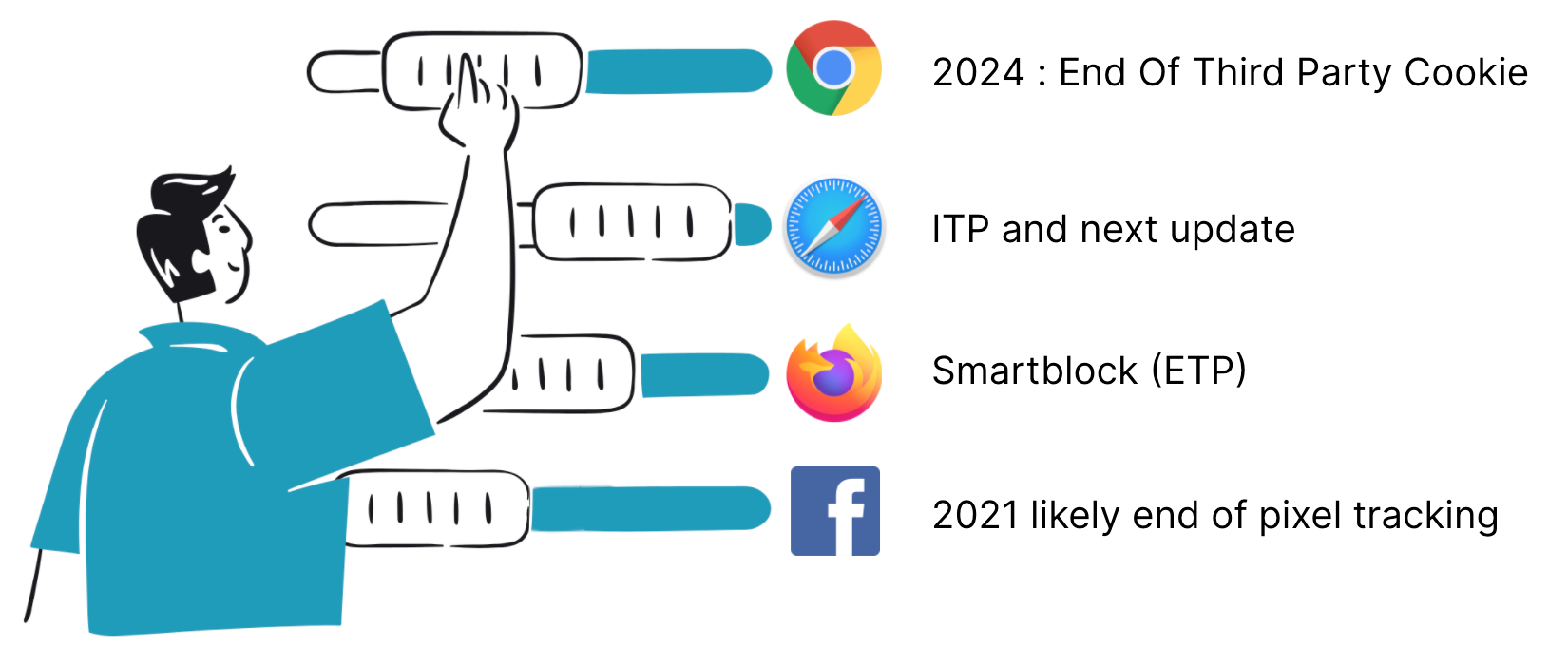
New challenges, a new solution
Why stay in the storm in the face of these new challenges when a technological solution allows advertisers to regain control of their data collection?
Server-Side tagging is the new standard.
For the past few months, we have heard a lot about migration to Server-Side tagging.
After the recent announcement by Google of the end of their GTM Server-Side Beta, the end of Facebook's support of its pixel tracking in favor of Facebook Conversion API (Server-Side) or the consequences of iOS updates for the data collected on the Client side. Advertisers should consider their migration rather quickly...
What is Server-Side Versus Client-Side?
In a Client-Side environment, most of the collection needs are realized from Javascript calls directly executed by the browser, as in this example:
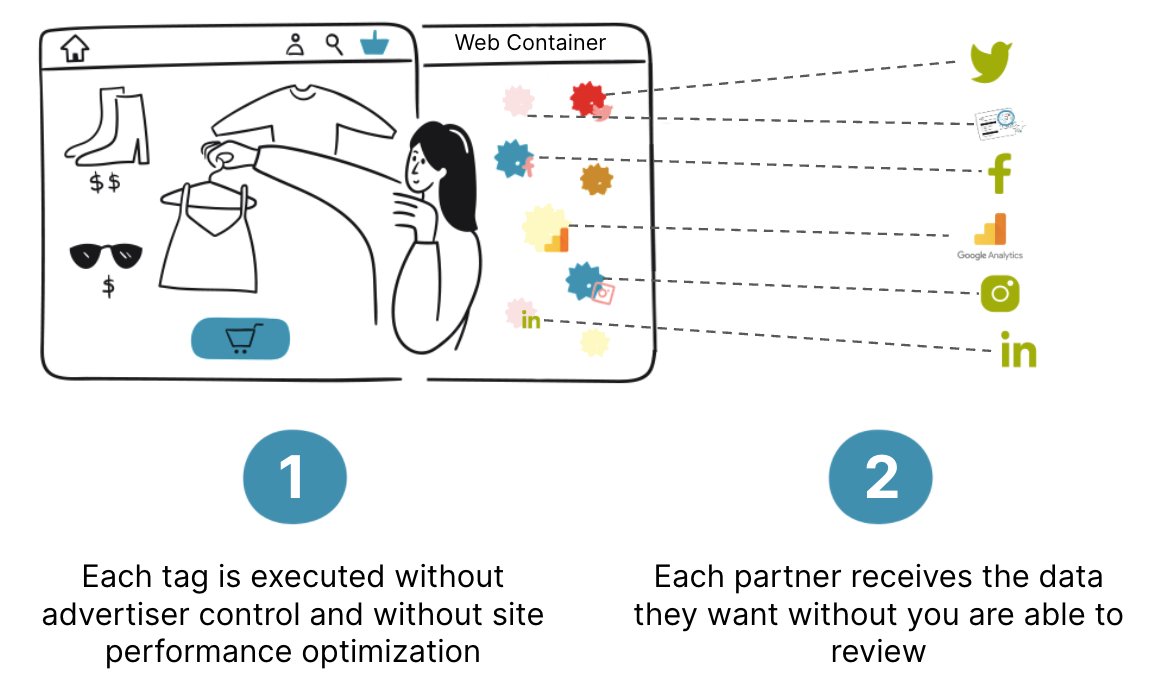
On the other hand, in a Server-Side tagging, there is only one call on the client-side because all the processing and data sending will be done on a secured server outside the client environment, like here:
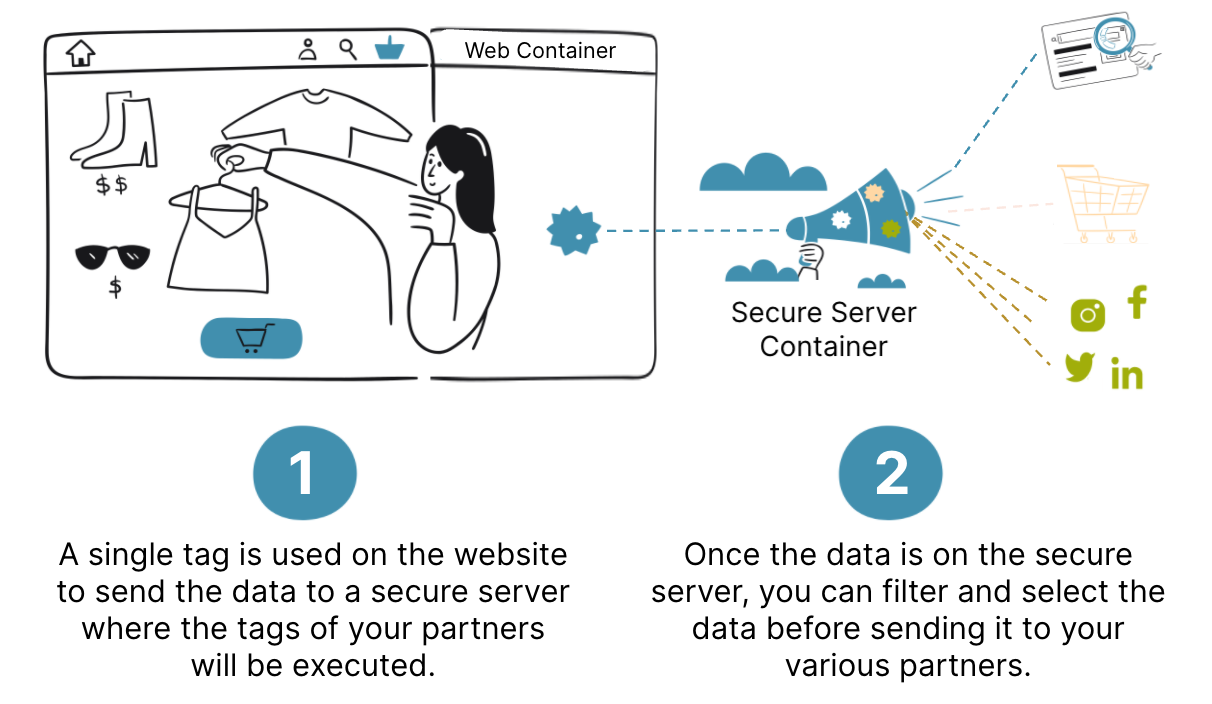
In this tagging server, Google Tag Manager receives the data from the client-side tag, processes it, validates it, enriches it (if necessary), and then sends it to the third-party vendors. If you wish, you can also send it into your data warehouse, like BigQuery.
Why do you need to change quickly?
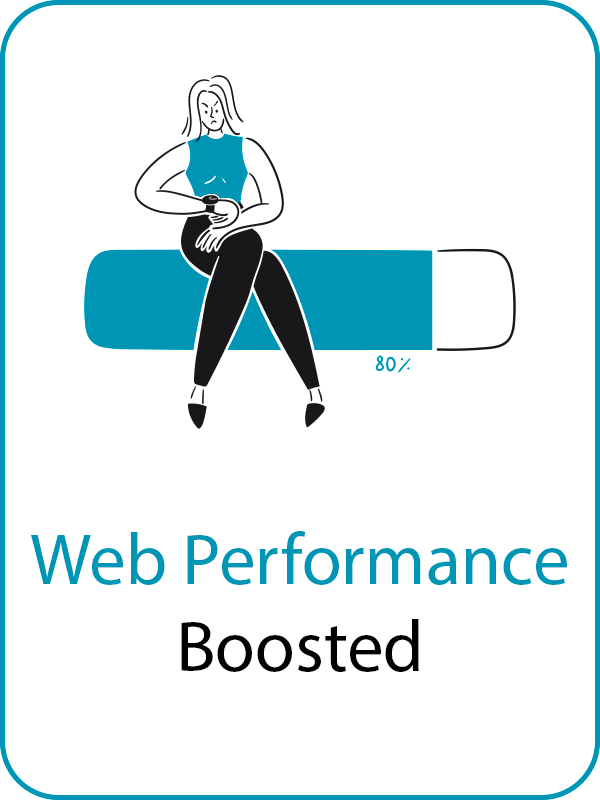

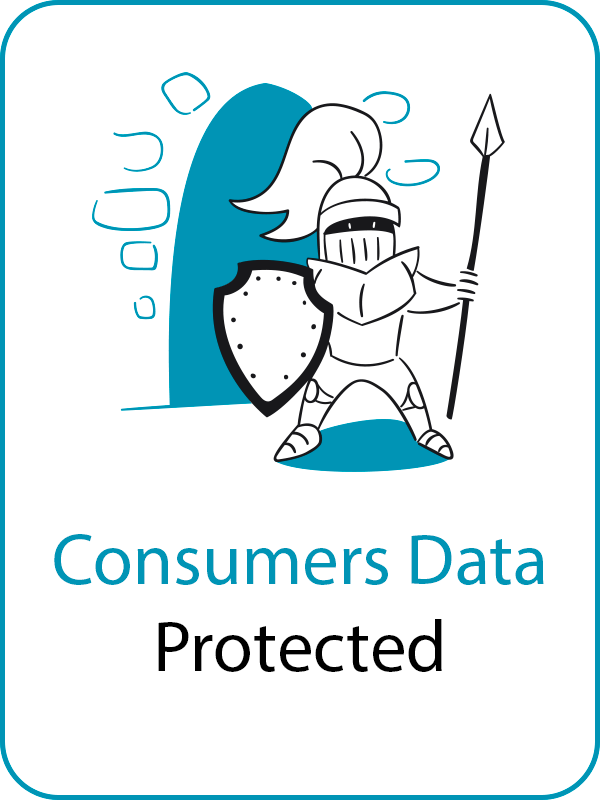
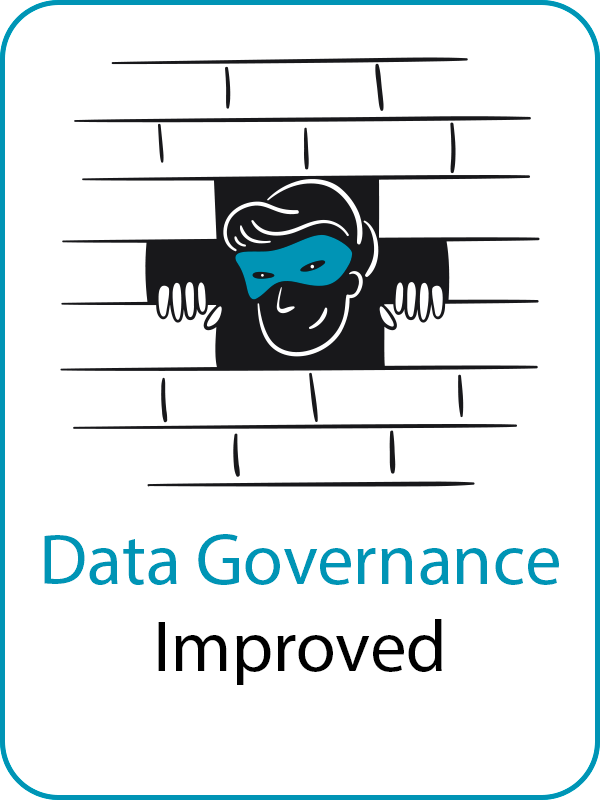
Server-side tagging is the natural evolution. Indeed, even if the technology is known, its democratization is on the way since the successive announcements of Google, Criteo, or Facebook.
Addingwell is an excellent opportunity for marketers to jump on the tagging revolution bandwagon. You need to waste as little time as possible but absorb the market changes that will allow you to grow as quickly as possible.
One thing is for sure! When Google, Facebook, Criteo, your affiliate platforms, or your display platforms... will come to you to implement server-side tracking, will you be ready?
By using the right services and support, you can quickly get this project out of its technical feeling and, therefore, out of the necessity to go through your IT team to activate its immediate benefits.










